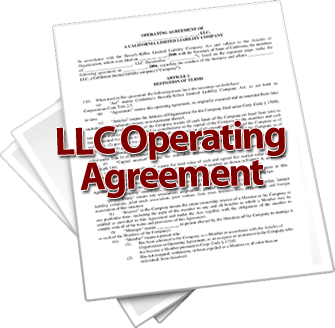Corporate formalities and commingling assets are critical items when running a business. Commingling assets is when assets from different sources are inter-mixed inappropriately. For instance, if the fiduciary of a trust mingles the trust funds with his personal account, he breaches his or her fiduciary duty by commingling the two accounts. Commingling problems are found when business funds are mingled with personal funds. Even when you do everything right, if you don’t have your corporate formalities in place, and the appropriate paper trail, you can be innocently accused of commingling assets inappropriately.
different sources are inter-mixed inappropriately. For instance, if the fiduciary of a trust mingles the trust funds with his personal account, he breaches his or her fiduciary duty by commingling the two accounts. Commingling problems are found when business funds are mingled with personal funds. Even when you do everything right, if you don’t have your corporate formalities in place, and the appropriate paper trail, you can be innocently accused of commingling assets inappropriately.
Some time ago, there was a high profile case where a large financial planner in the East was involved in a huge Ponzi scheme. He was sent to jail for 150 years. At first it looked like his wife was going to walk away a very wealthy woman. However, things began to fall apart when the Feds came up with a “commingling” problem that was triggered when this man, who should have know better, didn’t keep a paper trail when he moved money between his company and his personal accounts.
Because of the commingling of assets and the lack of corporate formalities, the Feds eventually proved that his wife who was never an employee of the company, had millions of dollars belonging to the company and its customers transferred into her personal accounts. These transfers were made without any legitimate business purpose or any value given to the company. They occurred simply because of her relationship with her husband.
In the end a complaint was filed against the wife accusing her of having a no “good faith basis” to believe she was entitled to the money taken out of the company. In other words she was accused because of the commingling of funds, and there were no records to prove otherwise.
The complaint against the wife alleged that three days before the man confessed to the fraud, $11 million was transferred from the firm’s business account to his wife. It was also alleged that the wife received more than $3 million from the business over the last six years to pay personal expenses charged to her American Express card. The attorney for the petitioners also discovered $2 million in payments to a business that the wife had invested in. If these transfers had been legally recorded in the company’s formalities, it would have been difficult to prove this commingling of assets. The wife would be in a better position today.
There are a whole series of asset protection lessons to take away from this man’s commingling oversight. One big one is that you have to have a reason for the asset transfer. You must also have a paper trail when you transfer money from a corporation to your personal accounts. Corporate formalities are a big deal when your company is involved in a lawsuit.
Of course everybody has heard about commingling funds and corporate formalities. But, few take time to check their actions. Take a moment and stand back and look at your company books from a third party’s perspective. Yes, this is very simple, but if you have overlooked your corporate formalities, you could lose millions because of the oversight. I write and talk about these topics, but I still see very bright people make these mistakes all the time. My LLC Wizard course has a checklist with 27 corporate formalities you must pay attention to when you are maintaining your corporation. You can’t afford to overlook any of these items.
